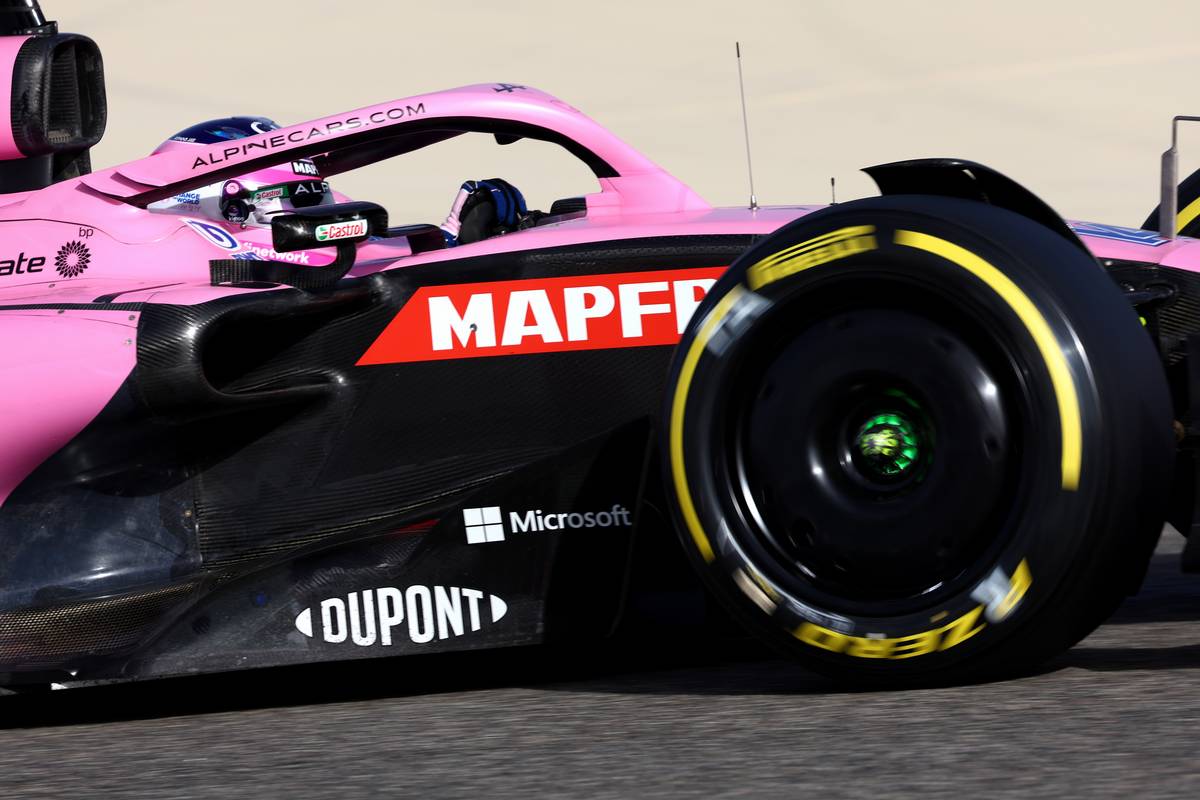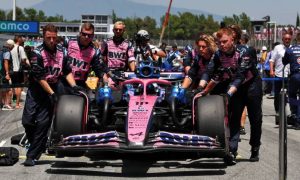
Alpine aims to bring down the weight of its A522 to F1's minimal level by the end of next month according to the team's chief technical officer Pat Fry.
Like its rivals, Alpine has struggled to design a new-generation car that meets F1's minimum car/driver weight combination that has risen to 795kg this year.
All teams are battling the excess weight generated by F1's new 18-inch wheels and the implementation of new safety features as part of the sport's regulation overhaul.
But Alfa Romeo is generally regarded as the outfit fielding the leanest car on the grid. And Alpine hopes to get there - to the minimum weight level - by next month's Monaco Grand Prix.
"I would hope race five or six," said Fry, quoted by The Race, when asked about when Alpine will bring its car's weight down to F1's 795kg limit.
"It's quite a challenge. And as we run over kerbs [at the previous race in Jeddah], we’re making things stiffer and heavier to try and survive. That’s the battle you fight.

"Normally, we have a car that puts on five kilos in the first half of the season and you try to make it live reliably.
"We’ve just got to keep working at it. Hopefully, by mid-season we’ll easily be underweight."
Having an underweight car enables teams to rely on strategically placed ballast to meet the minimum threshold.
Fry says that Alpine's efforts to shed weight will run parallel to its development programme, the start of which will involve updates designed before the start of the season.
"We need to do both [lower weight and performance], as clearly there’s laptime in everything," said the British engineer.
"We’ve got some upgrades coming along over the next two or three races, all of which are based on knowledge before seeing everyone run.
"Then, obviously, there’s a load more coming through as everyone’s going, ‘Oh that’s interesting’.
"As we do those, we’ll also try to claw back [weight]. We’re not that far over, but you want to be a couple of kilos under if you can."

Contrary to several of its rivals, Alpine opted not to add floor stays to its A522 when they were made legal by F1 during pre-season testing as its car's floor was designed at the outset with rigidity and stiffness in mind.
"We designed our car for maximum performance, accepting that it was going to be slightly heavy and slightly overweight," explained Fry.
"And we put a lot of stiffness in the floor and our wide top body also allows you a stiffer installation and that’s helped us out.
"It was a bit of a cop out when a stay was added, so that was a bit frustrating. We haven’t put it on because we’re already stiff enough. I expect that’s helped other people out massively.
"So that’s all part of the game. We just have to take it on the chin and design around it for the next upgrade. You can make a lighter car, but we’ve already spent the weight."
Keep up to date with all the F1 news via Facebook and Twitter







